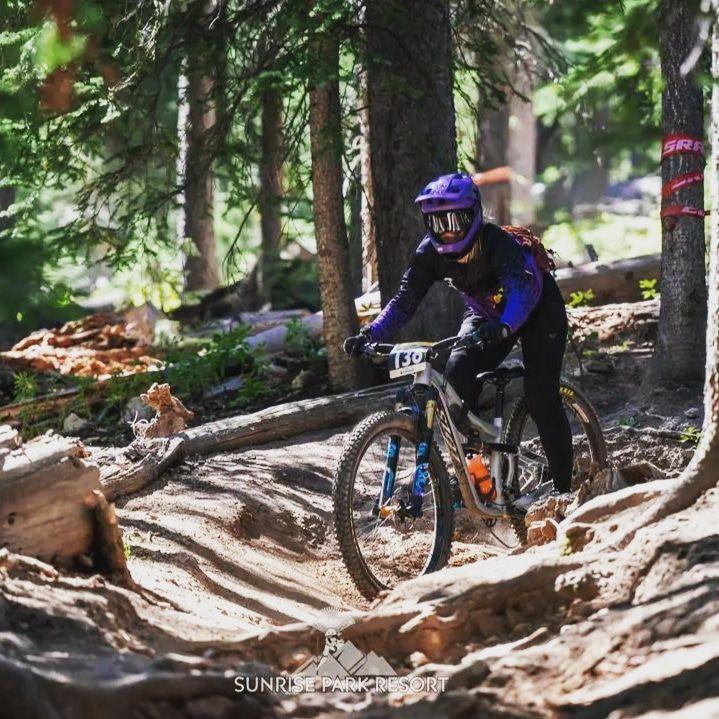Power is an important aspect of physical performance and is generally defined as performing work quickly, or generating force in a short period of time. Sometimes it is also referred to as “explosiveness”. However you want to describe it, power comes in handy when trying to do something quickly, like changing directions or jumping. This is important in cycling when climbing, jumping, saving a bad landing, and sprinting to the finish. As avid mountain bikers at
AzOPT Prescott, we wanted to put some power development exercises together that we feel could benefit the cycling community and maybe help you gain an edge in your next race.
1. Jump Lunges
This move gives power to translate into sprinting up climbs.
2. Single Leg Bounding
This exercise promotes unilateral power development for technical maneuvers where possibly only one leg can crank due to terrain.
3. Medicine Ball Jump Slam
This one is for whole body engagement and developing quick core activation, which may help poor line choice and improve reaction speed.
4. Power Push-Up
This move develops explosiveness in the upper body which could help with handling and driving the front wheel when pumping to increase speed.
5. Power Push-Ups Progressing to Clap Push-Ups
This is a good option if you need to begin with an easier exercise.
6. Squat Jumps
For developing power in the legs, pumping in rollers to increase speed without pedaling, and also for taking off jumps or clearing obstacles.
7. Running Man Lunge
This asymmetrical power development could translate to increased climbing power but also to fast direction changes with tight corners.
For more exercises, check out our previous mountain biking blog here.
Author: Matt Flanigan, PT, DPT, CERT DN
Matt is the Clinic Director of AzOPT Prescott. Matt received his Doctorate of Physical Therapy and Bachelors of Health Science from the University of Missouri. In his spare time, he enjoys spending it in the mountains – biking, hiking, running and skiing. Clinically, Matt has a passion for working with all types of athletes, especially runners. He has spent time treating in a variety of settings, such as home health, outpatient, inpatient rehab, and an industrial/ergonomic clinical.







